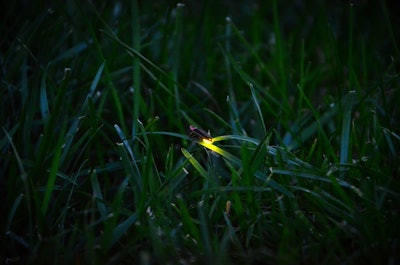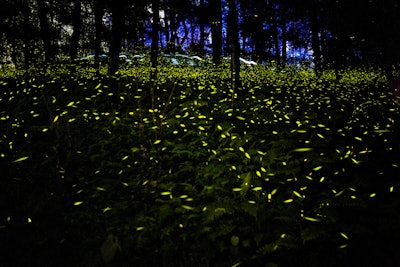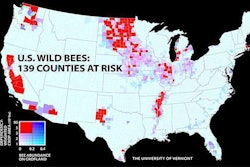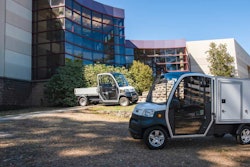 Fireflies’ glowing abdomens not only attract mates but ward off predators.
Fireflies’ glowing abdomens not only attract mates but ward off predators.Photo: Amanjeev/Flickr
They go by many names – lightning bugs, glowflies, big dippers – but, no matter what you call a firefly, scientists say their populations are decreasing and researchers are looking into the reason why.
The University of Virginia is conducting a long-term study on the ecological effects of artificial lighting, theorizing that light pollution is hindering the insects’ natural courtship process.
Male fireflies dance in a J-shape while flashing, hoping to attract the females’ attention below. The females respond by flashing back. After approving of each other the two will mate for hours, only to do it all again with another partner the next night.
“It’s possible that the artificial extension of daylight into night from human development may be disrupting the dark/light cycles of fireflies and their behavior,” University of Virginia environmental sciences professor Kyle Haynes told UVA Today.
Fireflies’ behavior developed in a world lit by only the moon and stars. Their life cycles are timed not only with the seasons but also with the periods of night and day.
Doctoral student Ariel Firebaugh set up an experiment to observe whether the fireflies’ behavior changed based on the amount of artificial light that was present. The testing site consisted of eight large fields. In half of the fields, researchers placed LED floodlights.
 Fireflies prefer warm, humid environments and are nocturnal.
Fireflies prefer warm, humid environments and are nocturnal.Photo: Sam Weng/Flickr
Over three summers of experiments, the researchers found that one of the species they were studying, Photuris versicolor, decreased its flashing activity in the lit plots compared with the dark fields and the species’ numbers dropped as well.
The tagged fireflies in both types of plots showed no sign of migrating away from or toward the lights.
The common eastern firefly, Photinus pyralis, continued to conduct their flashy dances in the lighted fields but the females either quit responding entirely or reduced their amount of responses, resulting in males’ having a harder time finding a date.
“This indicates that courtship behavior of fireflies is getting disrupted by the LED floodlights,” Haynes said. “LED bulbs emit light at all wavelengths, like sunlight, and this type of light may be more disruptive to nocturnal wildlife than the older outdoor light bulbs such as sodium streetlights, which emit light at fewer spectral wavelengths. The new bulbs are more energy-efficient, but unfortunately may be disruptive to organisms.”
Another issue is the fact that fireflies don’t seem to migrate once their habitat has been paved over or filled with artificial light.
They spend much of their lifespan as larvae and then briefly become pupae before finally becoming the fireflies everyone knows during different times in the spring and summer. Once adults, they lay their own eggs near where they were born.
Haynes proposes that people lessen their outside lighting usage when possible.
“If we want to conserve these important components of nature, we should care about reducing light pollution,” Haynes said.









